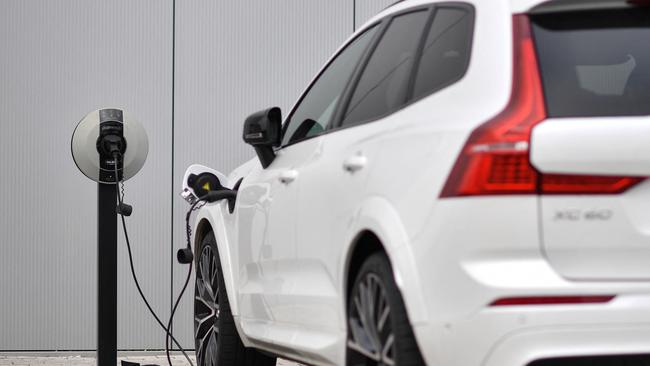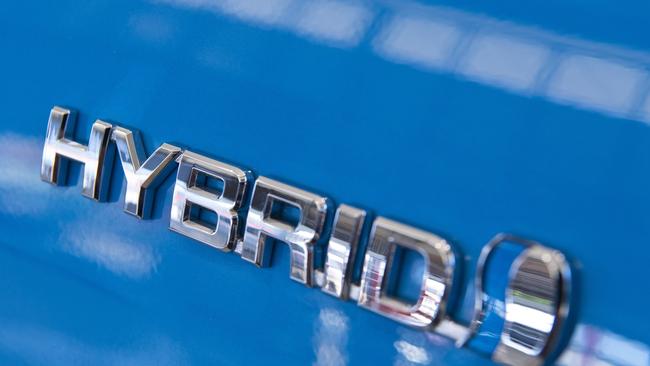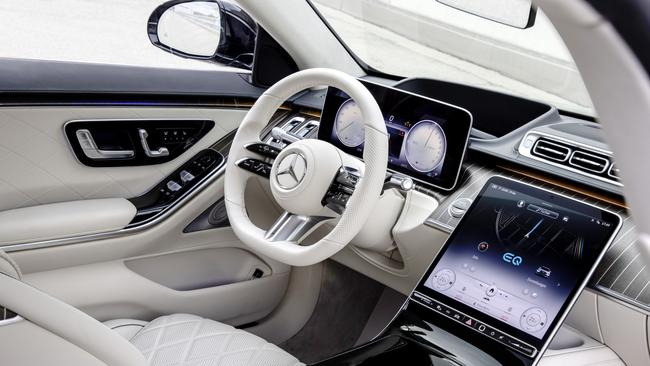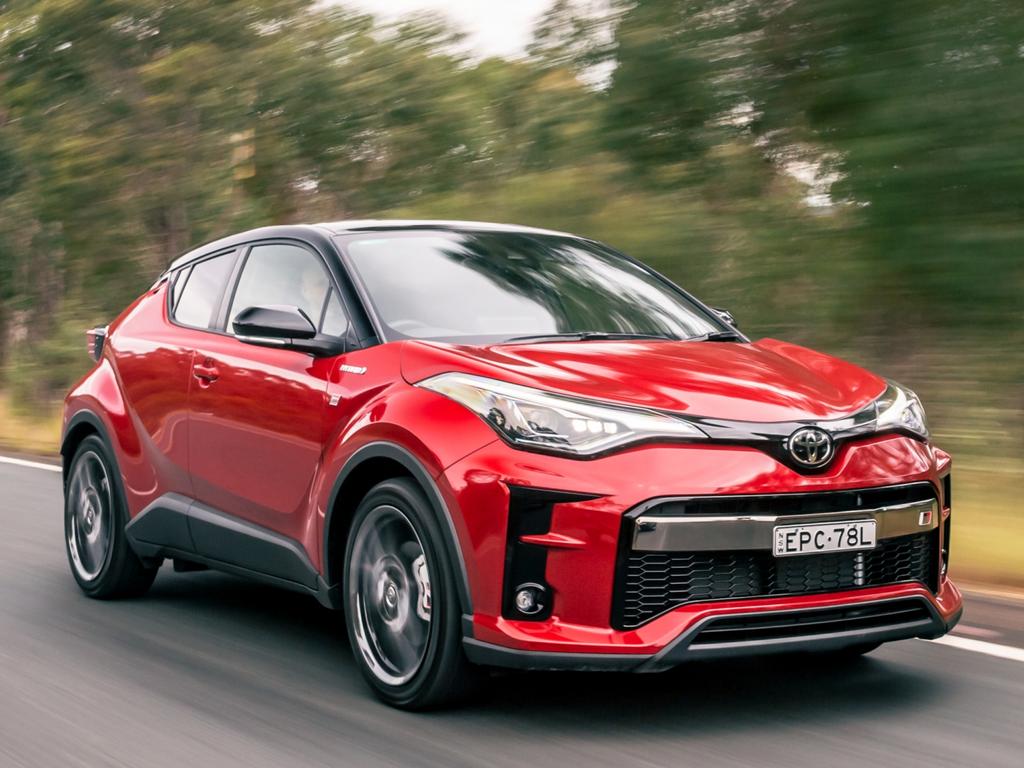The plug-in hybrid car starts to win over buyers
Dealers say a growing number of car buyers who are interested in going electric prefer the added security of a gas engine and are pleasantly surprised by the value hybrids represent.

The plug-in hybrid, long a fringe technology in the car business, is gaining some traction.
As automakers slow-walk plans to roll out more fully electric vehicles in response to lighter-than-expected consumer interest, more are embracing plug-in hybrids, which run on battery power for about 30-70km before reverting to a gas engine.
The technology has been on the market for more than a decade, but sales hadn’t taken off until recently. Some automakers shied away from offering them because of the added cost and engineering complexity – they essentially require two ways to power the car, packed under one hood. The relatively small number of models available also were pricier than gas-powered cars, limiting their appeal.
Now, car companies are finding more reasons to offer plug-in hybrids, which provide another path beyond full EVs to meet tougher US tailpipe-pollution rules. Ford Motor said this past week that it cancelled plans for a fully electric large SUV and instead will offer hybrid versions, potentially including plug-ins.
The number of plug-in-hybrid models on sale in the US has nearly doubled since 2019, to 47, according to automotive-research site Edmunds. These include well-known nameplates such as the Toyota RAV4 and Ford Escape compact SUVs.

Dealers say some car shoppers who are interested in going electric still want the security of a gas engine. Buyers also are finding that, with hefty support from automakers and the federal government, plug-in hybrids can sometimes be the cheapest option.
Bria Adams, a 28-year-old firefighter from Central Massachusetts, once considered herself a “naysayer” on electric vehicles. This past spring, though, she pounced on a plug-in hybrid Jeep Wrangler at her local dealership that was about $200 a month cheaper to lease than the gas SUVs she browsed.
Ms Adams said the Jeep is surprisingly quiet when running on electricity. “It was definitely a switch from driving pick-up trucks for most of my life,” she said.
Toyota Motor in the early 2000s popularised conventional hybrids with its original Prius, which combines a small battery and motor to assist the gas engine and improve fuel efficiency. Plug-in hybrids like the Prius Prime take the concept further, with batteries large enough to power the car on electricity alone for short trips.
A few years ago, plug-in hybrids seemed destined to fade as the industry rushed to develop full EVs. Now some automakers are giving them another look, partly because EV demand has been lighter-than-expected.
For example, General Motors was one of the first companies to offer a plug-in hybrid with its 2010 launch of the Chevrolet Volt. The Detroit automaker phased out the Volt in 2019, declaring its future in EVs. Now GM plans to bring back plug-in hybrids, starting in 2027.
Plug-in hybrid sales in the US jumped 59pc in the first quarter of this year from a year earlier, and their share of the overall market – while still small – has roughly doubled since 2022, to 2.4pc, according to research from Cox Automotive.
The technology is growing at a faster rate globally, led by China, where plug-in hybrids are projected to account for 15pc of the market this year, according to consulting firm AlixPartners.
In the US, much of the growth of plug-in hybrids has been driven by regulations, analysts say.
The Jeep Wrangler and Grand Cherokee alone accounted for about one-third of US plug-in hybrid sales during the first half of 2024, according to data from research firm Motor Intelligence.

Yet, there is “limited natural demand” among Jeep customers for electric range in their rugged SUVs, said John Morrill, who owns Planet Chrysler Jeep Dodge in Franklin, Mass. Sales of the plug-in Jeeps are supported by “very aggressive” manufacturer discounts of up to $12,000 a vehicle, plus a $7,500 federal tax credit if the vehicles are leased, he said.
“A lot of people come in and say, ‘I don’t want a hybrid,’” Morrill said. But after the salesperson explains it is $70 cheaper a month than the gas version, “they say, ‘I’ll take the hybrid.’” Global automaker Stellantis, parent company of Jeep, Ram, Dodge and Chryser, has paid hefty federal fines for failing to meet emissions rules in the past, a by-product of its fuel-thirsty vehicle lineup. The company, which only this year started selling a fully electric vehicle in the US, is leaning into plug-in hybrids as a way to comply with state and federal laws.
Stellantis in recent years has limited the stock of regular, gas-only Jeeps for Morrill and other dealers in about a dozen states that have adopted California’s stricter emissions rules.
“Plug-in hybrids balance the need to reduce vehicle emissions and offer consumers an entry point to electrified vehicles,” a Stellantis spokesperson said.
Now, federal regulatory changes will ensure more plug-in hybrids hit the market in coming years, auto executives and analysts say.
The Environmental Protection Agency in March completed new tailpipe-emissions thresholds to crack down on pollution limits for model years 2027 through 2032. The EPA said plug-in hybrids would likely play a bigger role in helping the industry hit those targets than the agency originally envisioned.
Mainly because of the EPA rules, Toyota will expand its plug-in hybrid lineup from the RAV4 and Prius, while making plug-ins more widely available, said David Christ, group vice president at Toyota Motor North America.

German auto giant Volkswagen is strongly considering plug-in hybrids for its US lineup, said Lyndon Lie, executive vice president of Volkswagen Group of America. For now, it is a better business than EVs, he said.
“You can make money on a [plug-in hybrid] or at least break even … and give the customer something that they are more comfortable with,” he said.
Plug-in hybrids have their detractors. Some clean-energy advocates say they have fewer environmental benefits than advertised because many drivers don’t plug them in and rely mostly on the gas engine.
Ms Adams, though, routinely charges her Wrangler at her firehouse, and loves saving on gas. “And I feel like I’m doing a little bit for the environment,” she said. “A tiny amount.”
Dow Jones





To join the conversation, please log in. Don't have an account? Register
Join the conversation, you are commenting as Logout